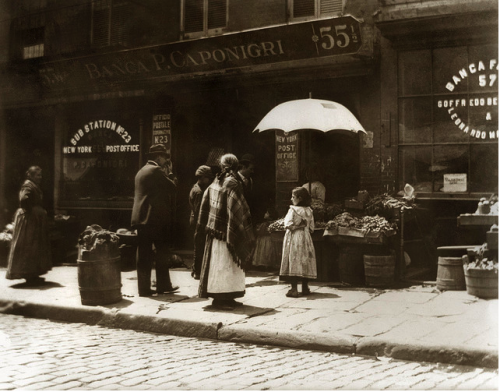
Its 5:30. I’m trapped on I-35, known at the “worlds’ largest parking lot”. I have been stuck in traffic for over 30 minutes and I have to be downtown in less than 10 minutes with 3 miles left until I can exit…FML!
Traffic is part of our lives for those that live in Austin. Heavy traffic stimulates anger and frustration from many impatient drivers with a busy schedule. Traffic congestion is very heavy during the time of rush hour, from 6- 9am and 4-7pm on weekdays, as people are driving to and from work. Even though traffic in Austin is not as bad as other major populated cities like New York City, sitting in traffic is still very annoying.
In modern society, time is money. People are constantly running around: getting to work, getting home, going to school, picking someone up, having a meeting somewhere, going to the movies, etc. Therefore, speeding has significantly increased because people are always in a rush to get to where they need to be.
Interstate 35 is the m ost annoying place to be when there is traffic. There is no room to breathe. Joe Taylor a traffic reporter for News 8 Austin describes that I-35 is "designed for a small town, and [Austin] has grown into a very large city." Since 2000, Austin's population growth has increased 15.4 percent in 2008.
ost annoying place to be when there is traffic. There is no room to breathe. Joe Taylor a traffic reporter for News 8 Austin describes that I-35 is "designed for a small town, and [Austin] has grown into a very large city." Since 2000, Austin's population growth has increased 15.4 percent in 2008.
As the city of Austin continues to grow, the roadways become smaller and tighter during rush hour as more people are driving on the road. According to Katherine Gregor, a journalist for The Chronicles, "the metric used to document congestion is a road's volume-to-capacity ratio, which compares the existing volume of traffic (flow rate) to a street's real capacity." A capacity of .8 or lower means that there is less traffic. However, downtown I-35 is said to have a capacity of over 1.0! I-35 is not the only roadway in Austin with high traffic congestion: Loop 360, Mopac, and Lamar.
Austin's traffic continues to get worse because of the lack of an alternative form of transportation. Capital Metro is one form of an alternative form of transportation that helps to ease traffic in the city; however, this form of transportation is not very popular to the public. In addition, businesses and shops in Austin are often very far apart and it is only convenient to drive, rather then riding a bike or walk.
So what is The Austin Department of Transportation doing in response to driver's frustration to the increase traffic?
The Austin Department of Transportation is constantly readjusting the route of city buses to make it more convenient to the public. The city has also built a Capital MetroRail that runs from downtown Austin to the norther part of Austin. According to Robert Spillar, director of The Austin Department of Transportation, they are trying to build "new sidewalk and bicycle improvements and advocating that people simply drive less, both regionally and in town."
How does traffic affect Austinites?
Some of the obvious reasons are that traffic causes people to be late to their activities and makes people anger. However, traffic also plays a role in car accident. Many people become reckless drivers when they are angry and frustrated in traffic: changing to the faster lane or using the shoulder to cut through traffic. Traffic accidents are heard almost everyday on the radio (KLBJ) and Joe Taylor also updates his Facebook about the incidents. In addition, businesses are also affected by the traffic. High traffic in an area can cause businesses to lose valuable customers because people tend to avoid the cluster of cars.
 Though I have not downloaded the iPhone app and taken the music tour created by the band, one thing I notice and like about the trailer above is that the sense of place is not simply monumental, visiting the major landmarks in the most straight-forward way possible as a tourist would. The approach seems glancing, as with the avatar's experience at the Washington Monument and Lincoln Memorial. Sharing this quirky perspective on place seems like a major contribution to the democratic mapping of Washington, D.C. In a sense, it nurtures the kind of perspective Noah gives us in his post, "The Capitol Who Watches Over All," which opposes the singular conception of the city from the pov of the Capitol.
Though I have not downloaded the iPhone app and taken the music tour created by the band, one thing I notice and like about the trailer above is that the sense of place is not simply monumental, visiting the major landmarks in the most straight-forward way possible as a tourist would. The approach seems glancing, as with the avatar's experience at the Washington Monument and Lincoln Memorial. Sharing this quirky perspective on place seems like a major contribution to the democratic mapping of Washington, D.C. In a sense, it nurtures the kind of perspective Noah gives us in his post, "The Capitol Who Watches Over All," which opposes the singular conception of the city from the pov of the Capitol.







 of classes. In a city, someone has to be on the bottom of the social/economic ladder.
of classes. In a city, someone has to be on the bottom of the social/economic ladder. 



